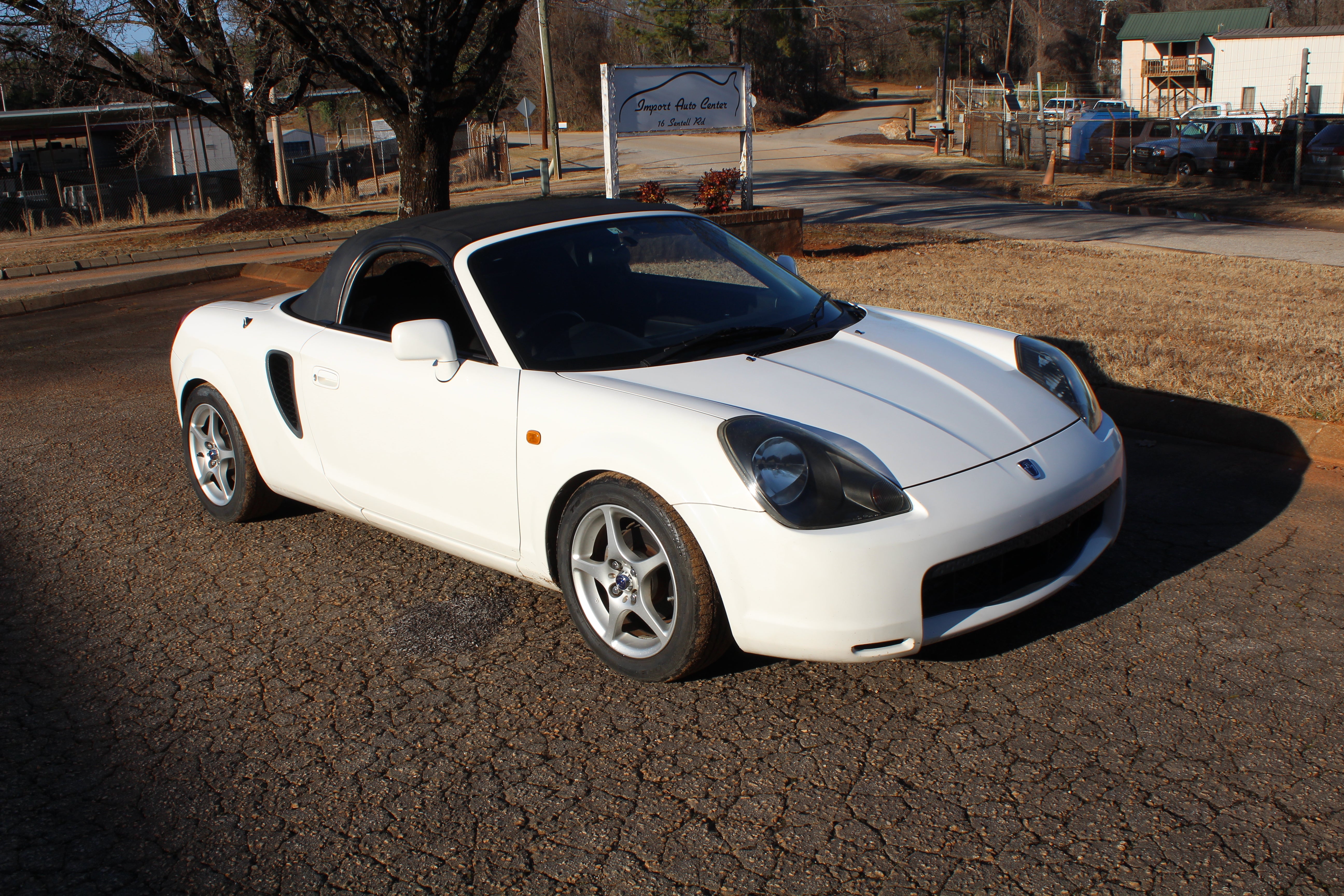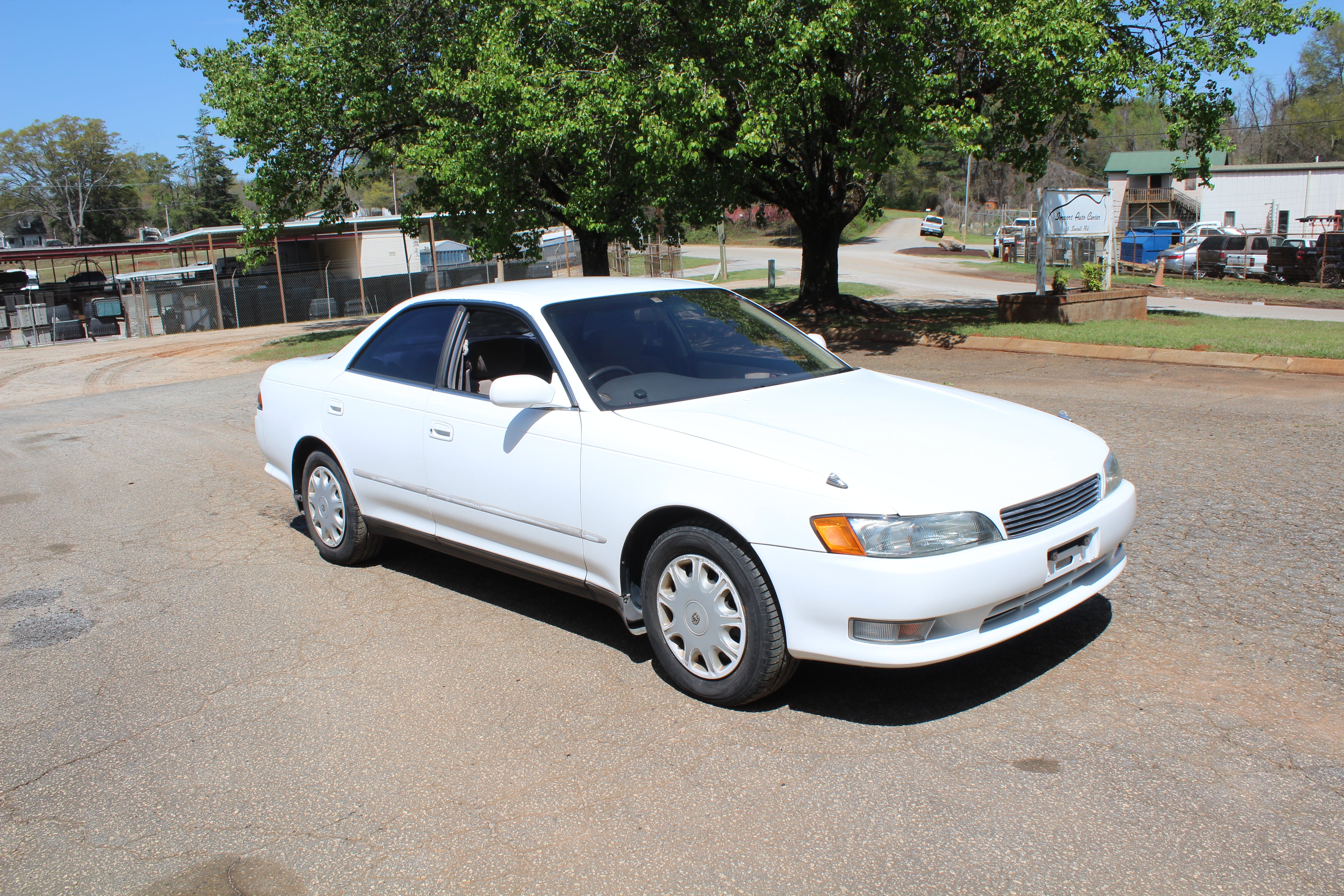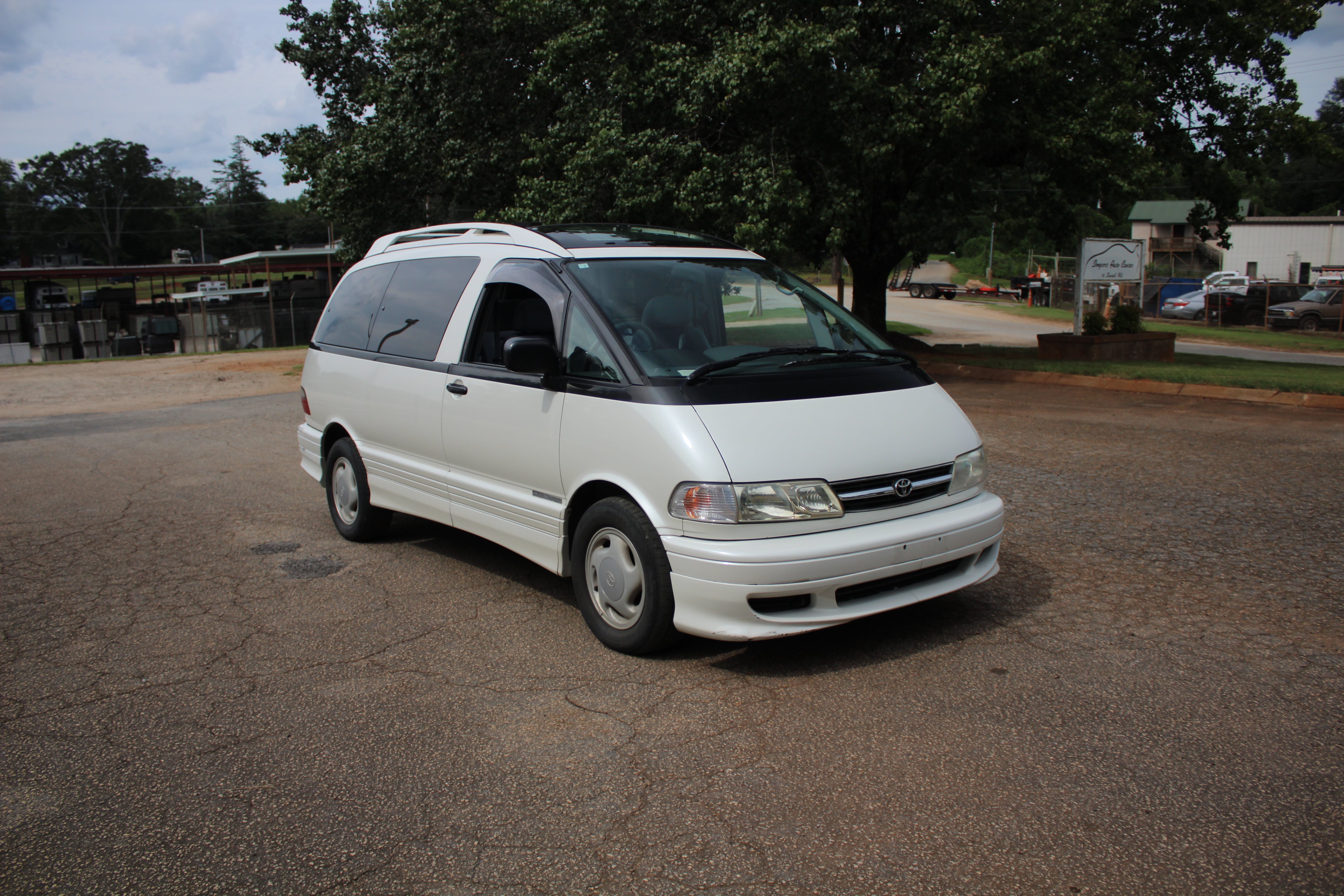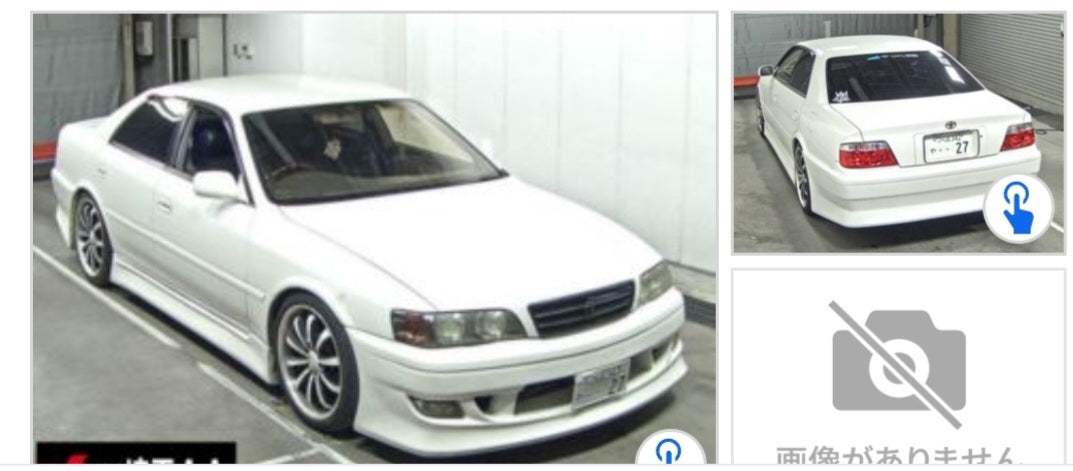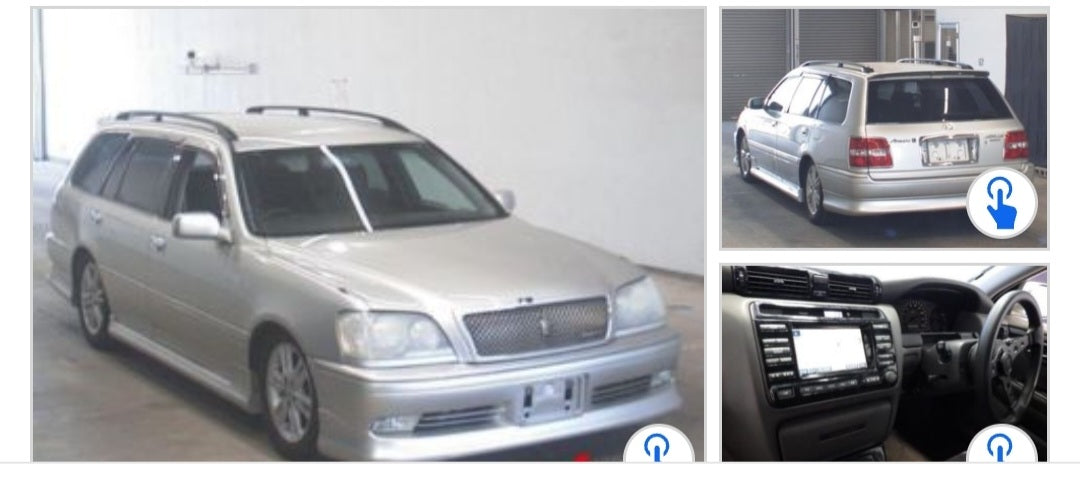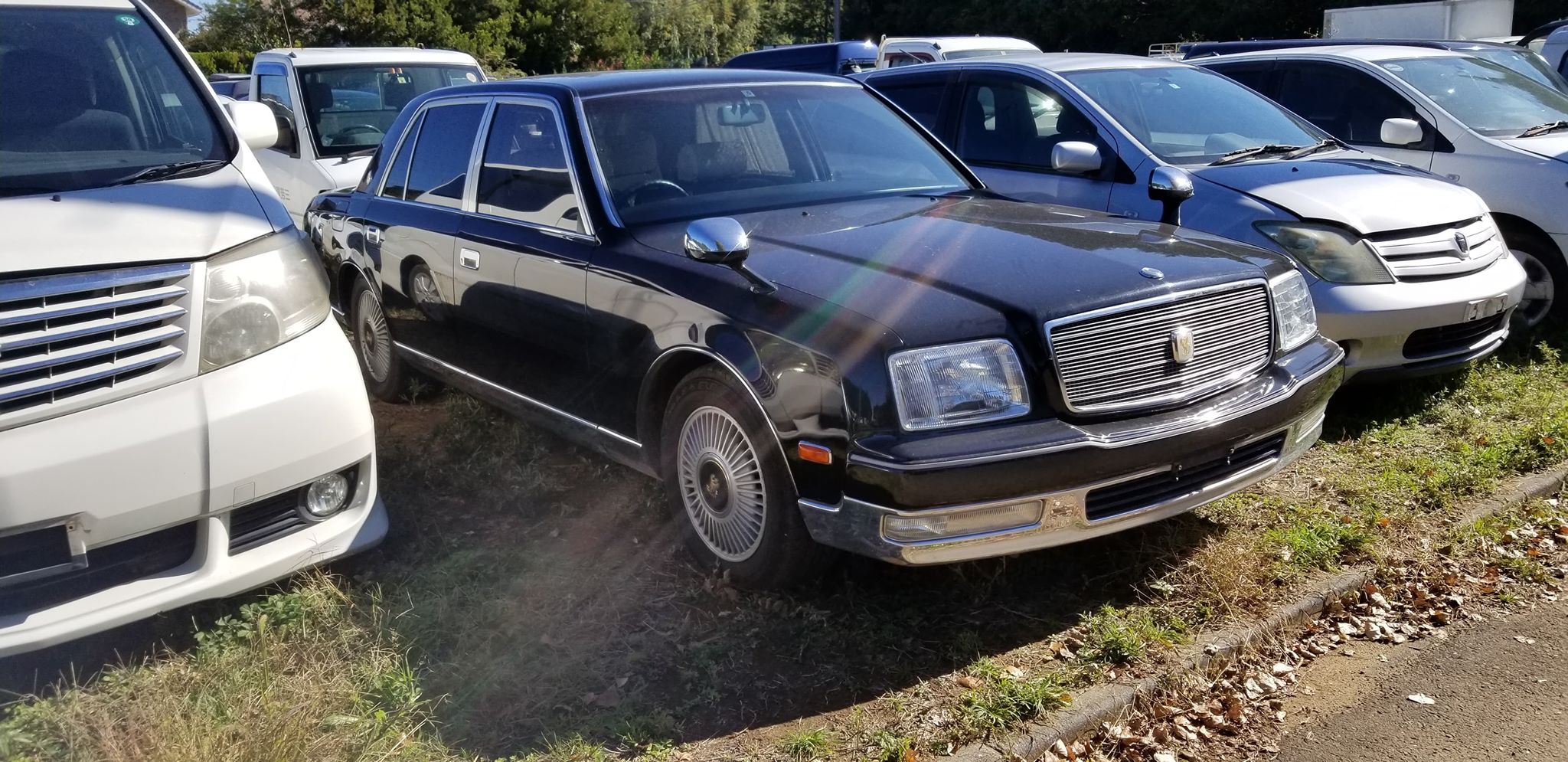JDM 97 Toyota Soarer Kouki JZZ30 1JZ Turbo RWD Series 3 with just under 96k miles on it
1JZ VVTI 2.5L inline 6 Turbo car with a automatic transmission rear wheel drive, had a full service done 26k miles ago at 70k miles.
This is the last version of this body style, The Series 3 received a new front bumper with upper grille, oval fog lights, new tail lights, longer rear bumper, standard side skirts, elevated rear spoiler, body stripe, 16" wheels
I had the car repainted, it had paint fade on top but its a non accident car with no rot, no filler was used when painted and its not a cheap paint job. Car is in really good condition car rips and everything works. Front right shock feels a little weak but not blown, driver door panel has some nicks and marks in it along with a cigarette burn, passenger door panel has a crack on top as pictured, small cigarette burn on carpet next to driver seat, small stain in rear seat, small crack in woodgrain next to center vent. Steering wheel and ebrake leather is worn. Nets behind front seats are stretched. Please look at pictures carefully as alll flaws are pictured.
Contact Rob 864-505-5621
No Trades and for financing options please visit my website.
We do not offer inhouse financing but we work with 3rd party lenders.
As a South Carolina Dealer we are not allowed to setup shipping but can provide you with a shipping service that can work with you.
From launch in 1991 until 2000 all models were available with a 4-speed automatic transmission. In addition, the sportier JZZ30 Soarer could be had with a 5-speed manual transmission. All models were available with a Torsen torque-sensing differential. Unlike their US Lexus equivalents, the Z30-series Soarer lineup never received a 5-speed automatic, and only the six-cylinder versions received variable valve timing (VVTi) engines, in 1996. While the Lexus SC300 was available from the start of the new series' US introduction in 1991, the equivalent Japan-market Soarer model — the JZZ31 — was not introduced until 1994, where it was marketed as the "new base model" Soarer. 1994 also saw the introduction of the new black interior colour scheme which replaced the grey colour scheme used in blue, red, and black external colour cars until the end of 1993. The JZZ31 was the only one of the two JZZ models to feature manually adjustable black leather seats. The black interior scheme became the prominent interior scheme for all Japanese Soarers by the end of production. The JZZ31 was powered by the 3-litre 2JZ-GE engine, which initially was rated at 165 kW (224 PS; 221 hp) at 5,800 rpm and 285 N⋅m (210 lb⋅ft) of torque at 4,800 rpm. Like the JZZ30 the engine also received Toyota's VVTi system in 1997 which increased output to 169 kW (230 PS; 227 hp) at 6,000 rpm and 304 N⋅m (224 lb⋅ft) at 4,000 rpm while simultaneously improving fuel economy. The new Soarer continued some of the features of earlier models, such as digital dashboard instrumentation and integrated car systems control via the in-dash EMV touchscreen. It was also one of the first cars in the world to feature a factory GPS automotive navigation system via CD-ROM. This generation of the Soarer was considered an expensive and extravagant luxury car in Japan. It was longer and wider than a Crown, while comfortably accommodating two passengers, with only modest space available for rear seat passengers. It did not comply with Japanese Government dimension regulations which made buyers liable for yearly taxes due to its size. The larger engines also obliged Japanese buyers to pay more annual road tax. While the increasing cost and slowing sales of the V8 models in the mid-to-late 1990s led to their discontinuation, the six-cylinder JZZ31 and JZZ30 were to remain in production until the Z30 series was replaced by the Z40 series in 2001






























































